
Abrus precatorius, Crabs Eye - 0.5 kg Seeds
(MRP Inclusive of all taxes)
- Shipping ₹79 for entire order
- Dispatch in 2-3 weeks
- Country of origin: India

(MRP Inclusive of all taxes)
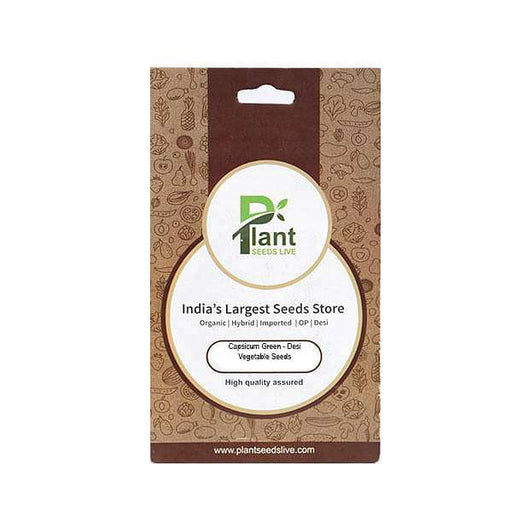
 Save 25%
Save 25%
Capsicum Green - Desi Vegetable Seeds Capsicum Green, also known as bell pepper, is a vibrant and nutritious addition to your garden. Thes...
View full details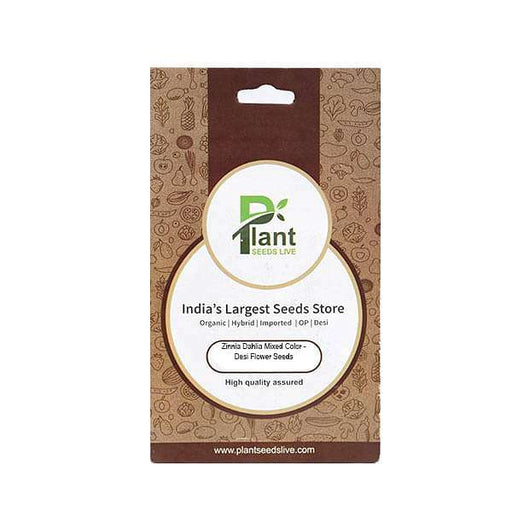
 Save 25%
Save 25%
Zinnia Dahlia Mixed Color - Desi Flower Seeds Transform your garden into a vibrant tapestry of colors with our Zinnia Dahlia Mixed Color -...
View full details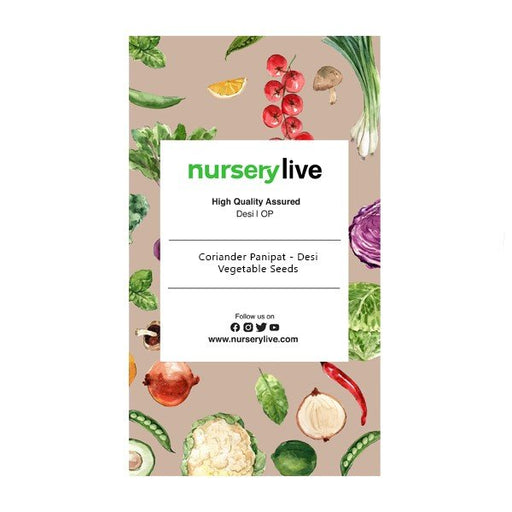
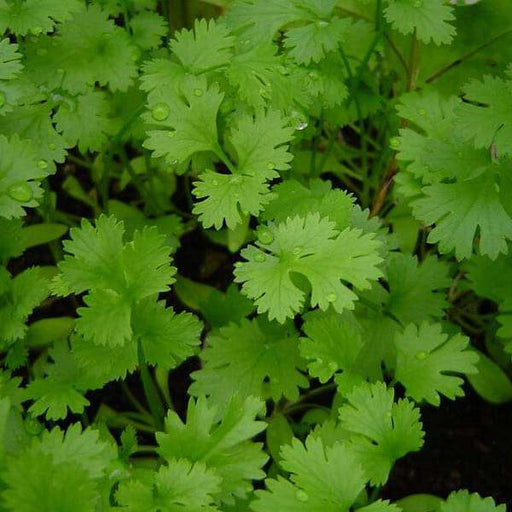 Save 25%
Save 25%
Coriander Panipat - Desi Vegetable Seeds Coriander Panipat is a premium variety of coriander seeds, cherished for its aromatic leaves and ...
View full details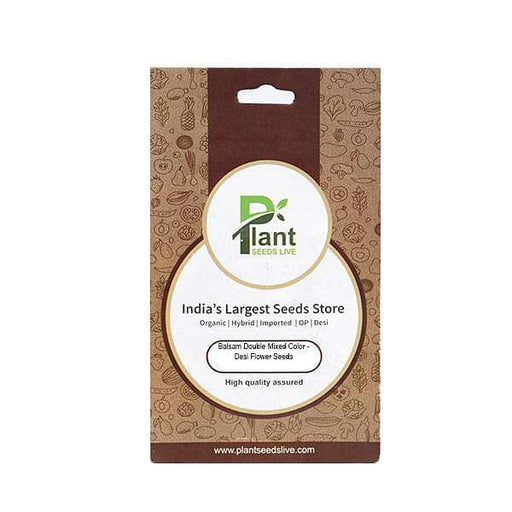
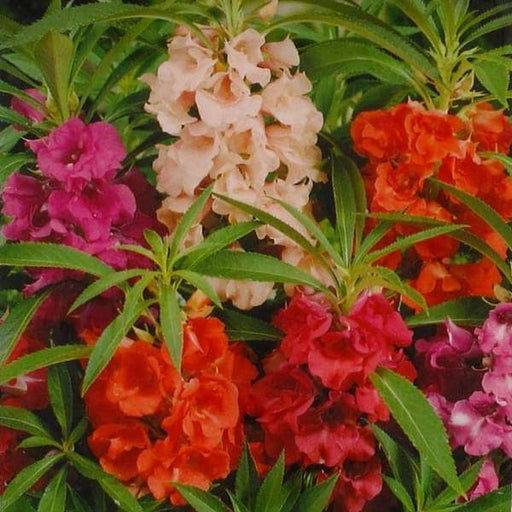 Save 25%
Save 25%
Balsam Double Mixed Color - Desi Flower Seeds Discover the vibrant beauty of Balsam Double Mixed Color - Desi Flower Seeds, a delightful a...
View full details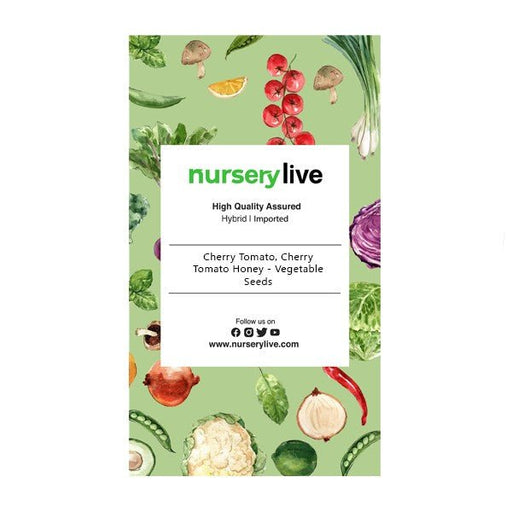
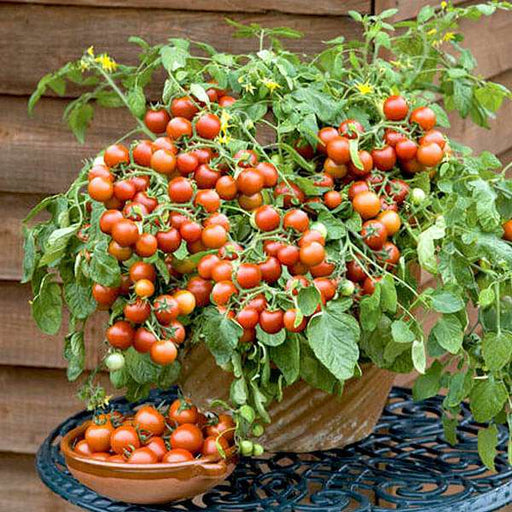 Save 25%
Save 25%
Cherry Tomato, Cherry Tomato Honey - Vegetable Seeds Discover the delightful world of Cherry Tomato Honey seeds, perfect for home gardener...
View full details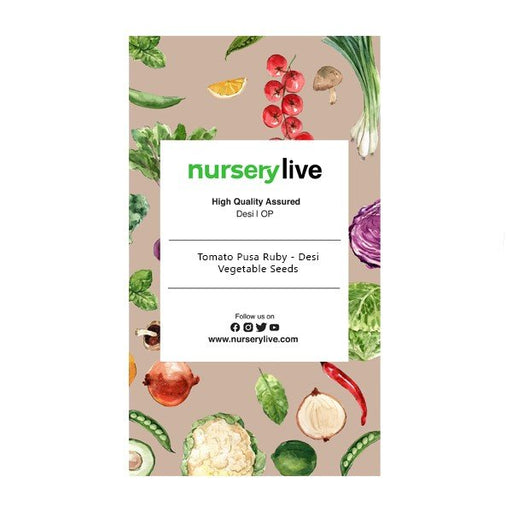
 Save 25%
Save 25%
Tomato Pusa Ruby - Desi Vegetable Seeds The Tomato Pusa Ruby is a premium variety of tomato seeds, renowned for its vibrant red color, jui...
View full details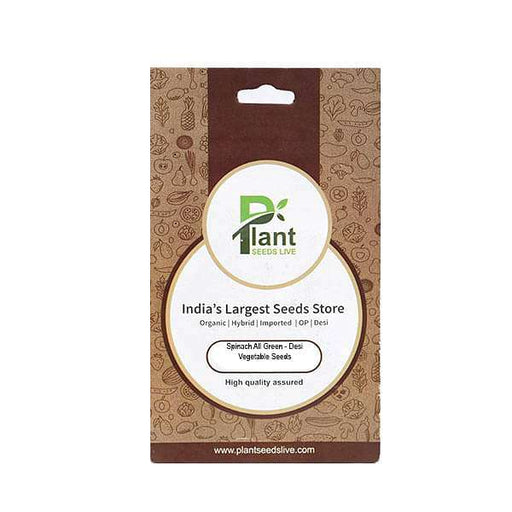
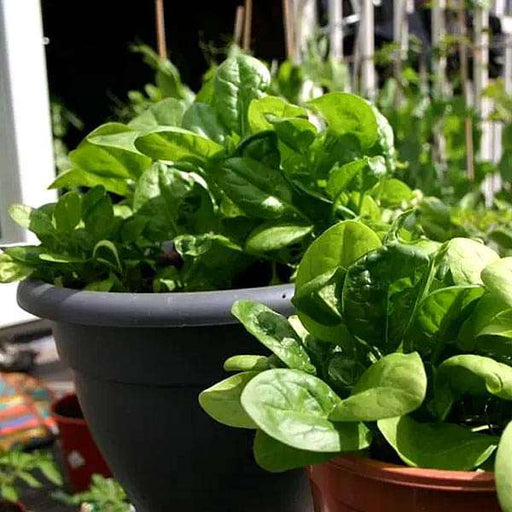 Save 25%
Save 25%
Spinach All Green - Desi Vegetable Seeds Introducing the Spinach All Green - Desi Vegetable Seeds, a premium variety of spinach that thriv...
View full details
 Save 25%
Save 25%
Capsicum Green - Desi Vegetable Seeds Capsicum Green, also known as bell pepper, is a vibrant and nutritious addition to your garden. Thes...
View full details
 Save 25%
Save 25%
Coriander Panipat - Desi Vegetable Seeds Coriander Panipat is a premium variety of coriander seeds, cherished for its aromatic leaves and ...
View full details
 Save 25%
Save 25%
Cherry Tomato, Cherry Tomato Honey - Vegetable Seeds Discover the delightful world of Cherry Tomato Honey seeds, perfect for home gardener...
View full details
 Save 25%
Save 25%
Tomato Pusa Ruby - Desi Vegetable Seeds The Tomato Pusa Ruby is a premium variety of tomato seeds, renowned for its vibrant red color, jui...
View full details
 Save 25%
Save 25%
Spinach All Green - Desi Vegetable Seeds Introducing the Spinach All Green - Desi Vegetable Seeds, a premium variety of spinach that thriv...
View full details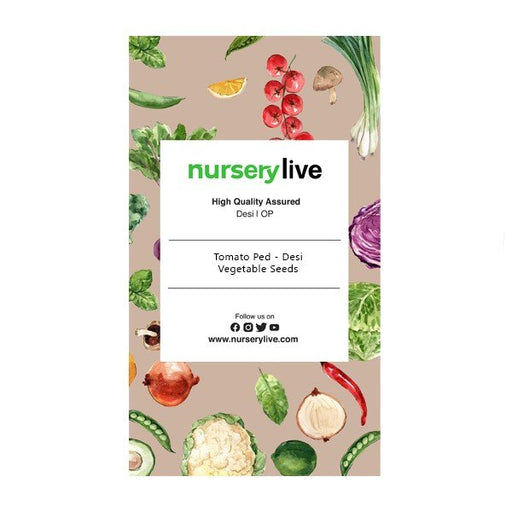
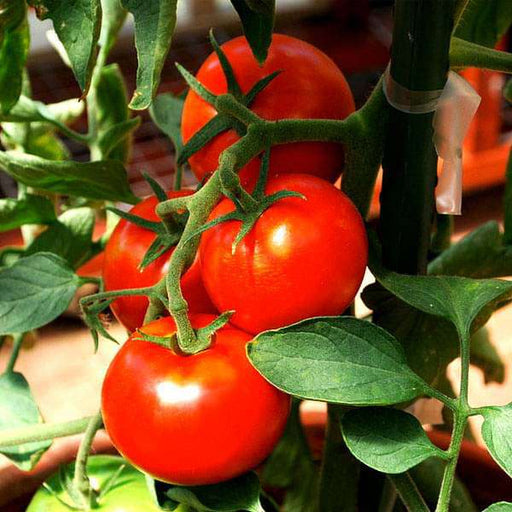 Save 25%
Save 25%
Tomato Ped - Desi Vegetable Seeds Introducing the Tomato Ped - Desi Vegetable Seeds, a premium selection of heirloom tomato seeds that pro...
View full details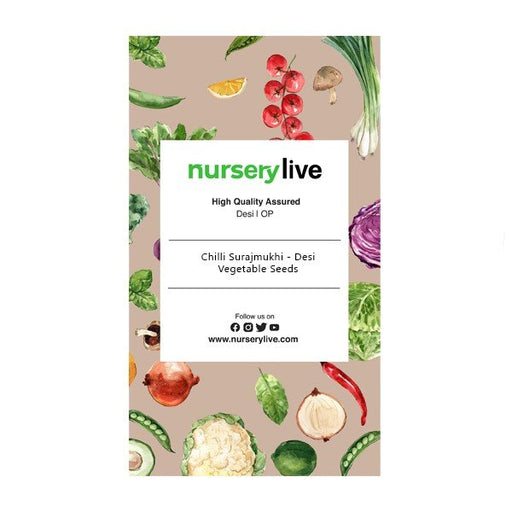
 Save 25%
Save 25%
Chilli Surajmukhi - Desi Vegetable Seeds Introducing the Chilli Surajmukhi, a unique variety of desi vegetable seeds that brings a burst o...
View full details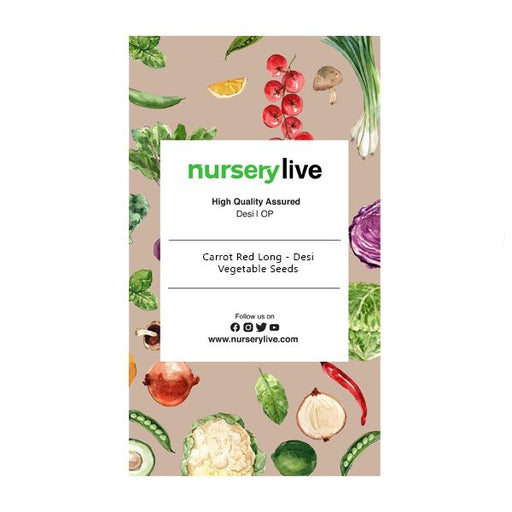
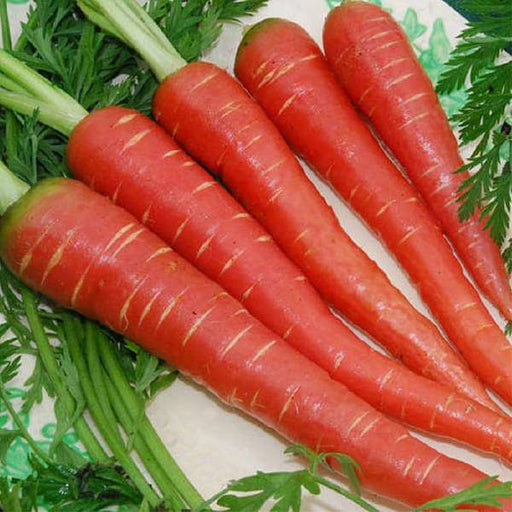 Save 25%
Save 25%
Carrot Red Long - Desi Vegetable Seeds Introducing the Carrot Red Long - Desi Vegetable Seeds, a premium variety known for its vibrant col...
View full details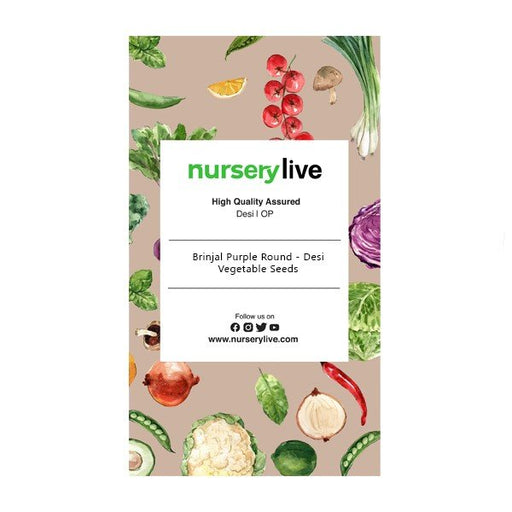
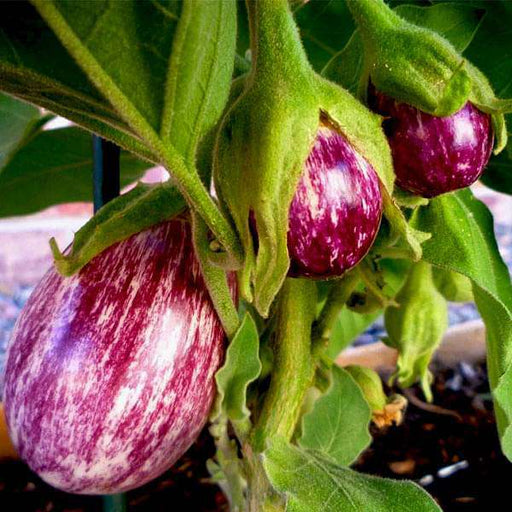 Save 25%
Save 25%
Brinjal Purple Round - Desi Vegetable Seeds Discover the rich flavors and vibrant colors of Brinjal Purple Round, a staple in Indian cuisi...
View full details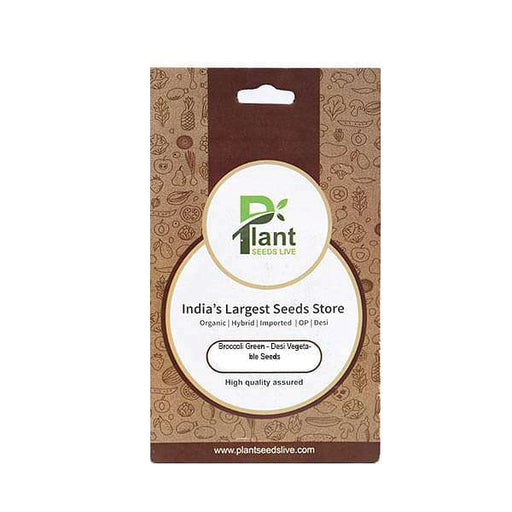
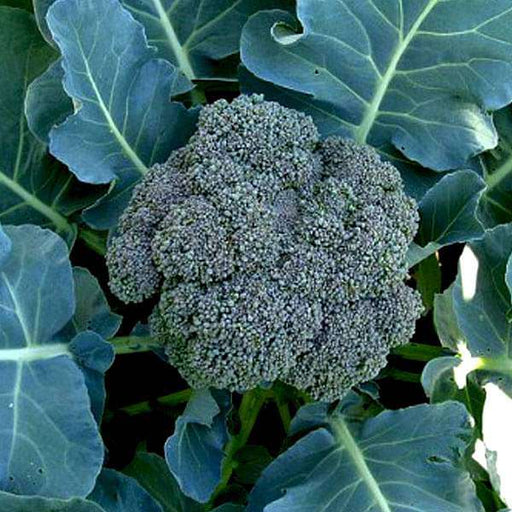 Save 25%
Save 25%
Broccoli Green - Desi Vegetable Seeds Discover the vibrant world of Broccoli Green with our premium Desi Vegetable Seeds. Known for its ri...
View full details
 Save 35%
Save 35%
Best 6 Plants for Perfect Indoor Garden Transform your living space into a lush oasis with our curated collection of the Best 6 Plants for a...
View full details
 Save up to 50%
Save up to 50%
Mini Succulent Garden Pack Transform your space with our Mini Succulent Garden Pack, featuring a delightful collection of 4 any variety beautiful s...
View full details
 Save 30%
Save 30%
5 Best Fragrant Plants Transform your garden or indoor space into a fragrant paradise with our curated selection of the 5 Best Fragrant Plants. Th...
View full details
 Save 24%
Save 24%
Set of 2 Bonsai Looking Grafted Adeniums Transform your indoor or outdoor space with our exquisite Set of 2 Bonsai Looking Grafted Adenium...
View full details Save 45%
Save 45%
Top 4 Die Hard Succulents Pack Transform your indoor or outdoor space with our Top 4 Die Hard Succulents Pack, featuring a curated selecti...
View full details
 Save 30%
Save 30%
5 Best Indoor Plants Pack Transform your living space into a lush oasis with our '5 Best Indoor Plants Pack.' This carefully curated collection fe...
View full details
 Save 25%
Save 25%
Set of 4 Evergreen Air Purifier Plant Pack Transform your indoor space into a lush, green oasis with our Set of 4 Evergreen Air Purifier Pla...
View full details| SrNo | Item Name |
|---|---|
| 1 | Abrus precatorius, Crabs Eye - 0.5 kg Seeds |
Abrus precatorius, commonly known as Crabs Eye, is a strikingly beautiful plant known for its vibrant red seeds. These seeds are not only visually appealing but also have a rich history in traditional medicine and jewelry making. With a weight of 0.5 kg, this seed pack is perfect for both hobbyists and commercial growers looking to cultivate this unique species.
Crabs Eye seeds are renowned for their striking appearance and cultural significance. Historically, they have been used in various cultures for decorative purposes and as a natural dye. Their vibrant color and glossy finish make them a favorite among artisans and crafters.
This plant is not only aesthetically pleasing but also plays a role in traditional medicine. The seeds contain abrin, a potent toxin, which has been studied for its potential medicinal properties. However, caution is advised due to its toxicity.
Abrus precatorius can contribute to soil stabilization and is often used in agroforestry systems. However, due to its toxicity, care should be taken to prevent accidental ingestion by humans and animals. Responsible cultivation and management are essential to harness its benefits while minimizing risks.
Meet the star of the show, Abrus precatorius, also known as the Crab's Eye. This little gem is not just a pretty face; it's a climbing plant that can add a touch of exotic flair to your garden. With its vibrant red seeds, it’s like nature’s own version of a Christmas ornament. Just remember, while it looks fabulous, it’s also highly toxic. So, if you’re planning a garden party, maybe keep the kids and pets away from this beauty!
These aren’t your average seeds; they’re the VIPs of the botanical world. Crab's Eye seeds are not just eye-catching; they’re also packed with potential. Plant them, and you might just have a conversation starter in your garden. Just be sure to handle them with care—these seeds are like that friend who’s fun at parties but can be a bit dangerous if you get too close!
Let’s talk about the elephant in the room—Abrus precatorius is toxic. Its seeds contain a compound called abrin, which is more potent than ricin. So, while you might be tempted to show off your new seeds, remember that they’re not for snacking. Think of them as the “bad boy” of the plant world—attractive but best admired from a distance.
Surprisingly, despite its toxicity, Abrus precatorius has been used in traditional medicine. Some cultures have harnessed its properties for various ailments. It’s like that mysterious potion in a fantasy novel—use it wisely, and it might just work wonders. But let’s be real, consult a professional before you start brewing your own herbal concoctions!
If you’re thinking of adding Crab's Eye to your garden, you’ll want to know its growing conditions. This plant loves warm climates and well-drained soil. It’s like a diva that demands the right environment to thrive. So, if you can provide the sunshine and a little TLC, you might just have a flourishing plant that will turn heads.
In some cultures, Abrus precatorius holds significant meaning. It’s often used in rituals and traditional practices. Think of it as the plant equivalent of a celebrity—everyone wants a piece of it for its cultural cachet. Just remember, with great power comes great responsibility, especially when it comes to handling those toxic seeds!
Want to grow your own Crab's Eye? You’ll need to master the art of propagation. Whether you’re starting from seeds or cuttings, it’s all about timing and technique. It’s like a botanical dance—get the steps right, and you’ll be rewarded with a beautiful plant. Just don’t forget to wear gloves; this dance can be a bit prickly!
Abrus precatorius can be a bit of a double-edged sword in the environment. While it can provide shelter for certain wildlife, it can also become invasive in some areas. It’s like that friend who overstays their welcome—great at first, but then they start taking over your space. Keep an eye on it, and you might just keep the balance in your garden.
Those striking red seeds aren’t just for planting; they’re also a hit in the jewelry world. Crafty folks have turned Crab's Eye seeds into stunning necklaces and bracelets. It’s like wearing a piece of nature’s art! Just remember, while they look fabulous, they’re not exactly kid-friendly, so keep your jewelry out of reach of tiny hands.
In some cultures, the seeds of Abrus precatorius symbolize protection and good fortune. It’s like carrying a lucky charm in your pocket—just a very toxic one! So, if you’re looking for a unique gift, consider a piece of jewelry made from these seeds. Just be sure to include a warning label; you wouldn’t want your thoughtful gift to turn into a horror story!
If you’re into sustainable gardening, Abrus precatorius can be a conversation starter. While it’s important to manage its growth, it can also contribute to biodiversity. Think of it as a quirky addition to your eco-friendly garden. Just remember, moderation is key; you don’t want your garden turning into a Crab's Eye jungle!
Harvesting seeds from Abrus precatorius is an art form. Timing is everything; you want to collect them when they’re ripe but before they burst open. It’s like waiting for the perfect moment to snap a selfie—too early, and it’s a disaster; too late, and you miss the shot. So, keep your eyes peeled and your gloves on!
Abrus precatorius, commonly known as Crabs Eye, is a tropical plant known for its striking red seeds. These seeds are not just pretty faces; they contain a toxic compound called abrin. So, while they might look like candy, they’re more like a bad date—beautiful but dangerous!
Handling Abrus precatorius seeds is like playing with fire—exciting but risky! The seeds are toxic if ingested, so keep them away from curious pets and children. You can admire their beauty from a distance, but remember, they’re not the kind of seeds you want to invite to dinner!
While you can use Abrus precatorius seeds for ornamental purposes, be cautious! They can grow into a vigorous vine that might take over your garden faster than a gossip spreads at a party. If you’re looking for a conversation starter, these seeds will definitely get people talking—just not about their safety!
You can find Abrus precatorius seeds at specialty gardening stores or online retailers. Just make sure you’re buying from a reputable source—after all, you wouldn’t want to end up with a bag of mystery seeds that could turn your garden into a horror show!
Abrus precatorius loves warm, tropical climates and well-drained soil. Think of it as the diva of the plant world—needing just the right conditions to thrive. If you can provide plenty of sunlight and a bit of humidity, you might just have a happy little vine on your hands!
While some claim Abrus precatorius has medicinal properties, it’s a slippery slope! The seeds contain abrin, a potent toxin, making them more dangerous than helpful. So, unless you’re a trained herbalist with a penchant for risk, it’s best to leave the medicinal uses to the professionals!
Patience is a virtue, especially with Abrus precatorius seeds! They typically take about 2 to 4 weeks to germinate, provided you give them the right conditions. So, grab a cup of coffee, sit back, and let nature do its thing—just don’t forget to check on them occasionally!
Like any diva, Abrus precatorius can attract its fair share of pests. Aphids and spider mites might try to crash the party, but a little neem oil or insecticidal soap can send them packing. Keep an eye out, and your plant will remain the belle of the botanical ball!
Yes, Abrus precatorius can be quite the overachiever! In some regions, it’s considered invasive, spreading like gossip in a small town. If you decide to grow it, be prepared to manage its growth and prevent it from taking over your garden like an unwanted houseguest!
If you accidentally ingest Abrus precatorius seeds, don’t panic—just call for help! The seeds are toxic, and immediate medical attention is crucial. Remember, these seeds are not your average snack; they’re more like a bad idea wrapped in a pretty package!
Growing Abrus precatorius indoors is possible, but it’s like trying to keep a wild animal as a pet! You’ll need plenty of sunlight and space for it to climb. Just be prepared for a bit of a jungle vibe in your living room—who needs a houseplant when you can have a vine that’s ready to party